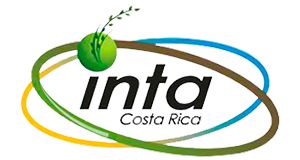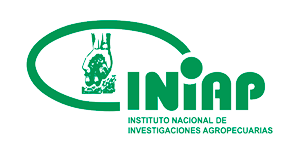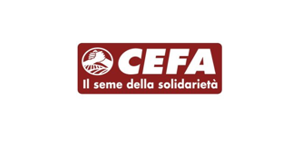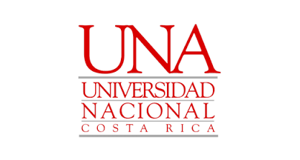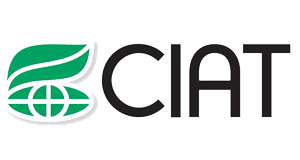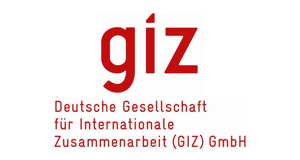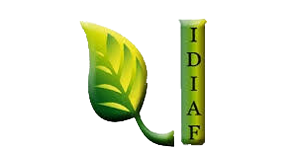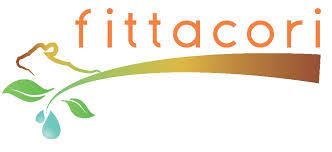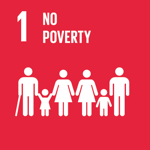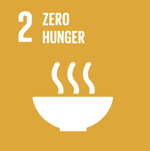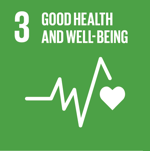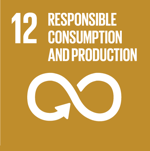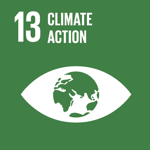Integrative alternatives for reducing cadmium (Cd) concentration in cacao beans in Latin America and the Caribbean
Implementing multidisciplinary approaches to enable/maintain access to regulated markets (Cd) of cacao originating in LAC, thereby contributing to the sustainability of the regional cacao sector.
Context of the story
Cacao (Theobroma cacao L) is one of the most important crops in Latin American and Caribbean (LAC) countries. Furthermore, it is the primary income of thousands of families, particularly in rural areas. In recent years, stringent cadmium (Cd) regulations in foodstuffs have been discussed and implemented in several key markets, i.e. the European Union. The prolonged consumption of Cd-tainted foodstuffs can result in severe illnesses and diminish our health, ultimately causing cancer. Cd is a heavy metal and soil contaminant, therefore limiting the soil-to-plant transfer should be a major action towards remediation.
Sustainable cacao for Latin America and the Caribbean
The implemented initiative
The main objective of this platform is to promote the use of research and innovation for the sustainable production of cacao in LAC countries, with due attention to quality and achieving low Cd levels, enabling participation in international markets. To fulfill this objective, the platform is organized into four components: 1) genetics and plant nutrition to lower Cd in cacao plants, 2) strengthening laboratory capacity and technology to mitigate Cd in cacao, 3) organize the cacao value chain to reduce the effect of Cd in cacao and 4) knowledge management. The platform performs in an interdisciplinary manner to reduce cadmium concentration in cacao beans by at least 30% through the application of soil amendments and/or selection of cultivars with low Cd uptake capacity.
Sustainability of the cacao supply chain through the use of scientific research and innovation for positioning LAC cacao as high quality and low cadmium
The technological solution
Cadmium is a naturally occurring element present in soils at concentrations < 0.40 mg of Cd per kg of soil (worldwide average). In cocoa plants, this concentration can increase by 4 and 2 times in leaves and beans, respectively. The platform focused on strengthening laboratory analytical capabilities through the incorporation of analytical and quality control systems (QA/QC). Samples were collected to determine sites with high and low Cd concentrations and to create maps. Trials (field and controlled conditions) were implemented to evaluate the influence of genetic factors on Cd absorption. Finally, six field trials were conducted where soil amendments and microorganisms were applied to reduce Cd in cocoa beans.
I am a passionate farmer and I also recognize that research is essential to make it applied with farmers.
Participating countries
Type of project
Results
A standard laboratory protocol was established, focusing primarily on quality parameters such as the use of certified reference materials. Spatial determination (mapping) of Cd-contaminated areas was carried out by collecting samples from 150, 600, and 570 cocoa farms in Costa Rica, Colombia, and Ecuador, respectively. A high variability was observed among countries and within regions of the same country, making it difficult to accurately determine Cd contamination in cocoa-growing areas. Extrapolations would be erroneous due to the prediction uncertainty of the maps (> 30%). So far, the best agronomic alternative for Cd management is soil pH increase through the use of agricultural lime. Reductions of up to 50% compared to non-application (control) can be achieved; however, this is achieved gradually and may take two to three years to observe results.
Relevant data
Relevant results of the “Cacao 2030 – 2050” Platform
Project infographic
.jpg)

 Back to the project
Back to the project Ecuador
Ecuador Colombia
Colombia Costa Rica
Costa Rica Belgium
Belgium Dominican Republic
Dominican Republic Germany
Germany Italy
Italy Panama
Panama Peru
Peru United States
United States

